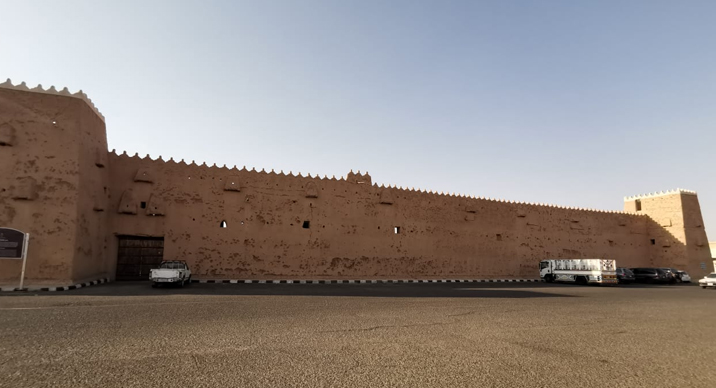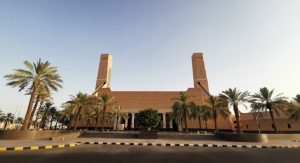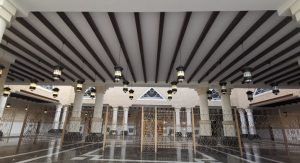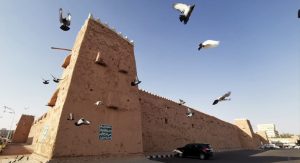Hail
Hail is the headquarters of the Emirate of Hail. It is the administrative capital of the region. Hail is famous for the famous mountains of Salma mountain and Ajaa mountain. The city of Hail is located in the area of Ajaa mountain, west of Wadi Al-Adraa, and the city extends in the form of an arc around As-Samra mountain , bordered to the north and west by Ajaa mountain. Hail was in the nineteenth and early twentieth centuries the center of the Emirate of the mountain, which was ruled by the family of Ali, and then the family of the Rashid family. The Kingdom of Saudi Arabia and the Arab world, where it is the place where Hatem Al-Taie lived, and is a poet. The stories of his extreme generosity have made him a symbol of the Arabs to this day.
During the Emirate of Al-Rashid, many foreign travelers visited Hail, describing their impressions in various magazines and books. Among the most notable travelers were George Auguste Wallin (1854), William Palgrave (1865), Charles Hopper (1878 and 1883), Lady Ann Blunt (1881), Julius Eotting (1883), Charles Montagu Dottie (1888) and Gertrude Bell (1914).
Heritage sites
Aref Castle
It is an ancient castle located in the area of Hail in the north of the Kingdom of Saudi Arabia, the historic Aref Castle is located in the heart of the city of Hail on top of a mountain that overlooks the city, which is attributed to him calling the castle by this name. It is believed that the castle was built in the year 1840 AD, and is considered an exploratory castle compared to its size, built in a small area estimated at 400 square meters.
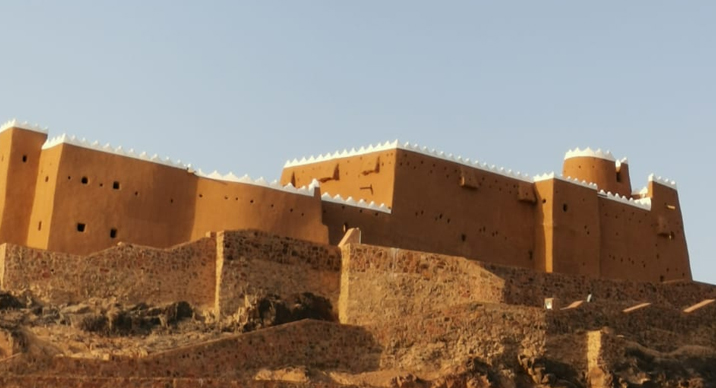
Barzan Palace
Barzan Palace is a historical palace located in the city of Hail in the north of the Arabian Peninsula and it is the palace of government for the Al Ali family and then for the Al Rashid family. Barzan was named for his emergence from buildings at that time. The palace was left of only the two towers that surrounded it and Barzan Palace was 70 feet high. The palace was built around 1808 AD by Prince Muhammad bin Abdul Mohsen Al Ali, the second ruler of the Al Ali family in Hail. On an area of more than 300 thousand square meters. The palace consists of three floors, and the councils, reception parlors and gardens in addition to the kitchens are distributed on the ground floor. On the second floor are the guest rooms of the state, and on the third floor the royal family inhabits how many travelers have described.
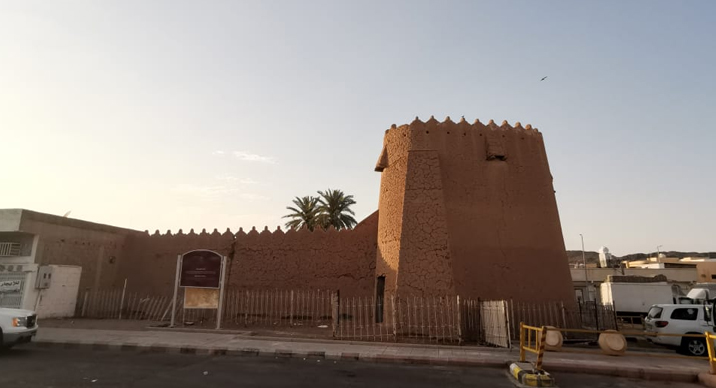
Al Qishleh Fort
The Qashla Palace is the largest and oldest mud building in the Middle East, if not in the world, with an area of nearly 20 thousand square meters. King Abdulaziz, may God have mercy on him, ordered it to be built in 1943 and it took two years to build. It represents Najd architecture in terms of design and materials Used and which consists of mud and a ceiling in the wood of wood, the fort consists of 136 rooms in the basement 83 rooms and was designated for offices and administrative work, 53 rooms on the upper floor and dedicated dormitories for soldiers and armories, and the fort includes a mosque also built in the Najdi style and A government auto repair shop. The fort has two large gates from the south side, which are the main, and from the east side. There are eight towers distributed in the corners of the building and in the middle of the outer wall.
